Home>Home Appliances>Laundry Appliances>How To Run A Clean Cycle On A Washing Machine
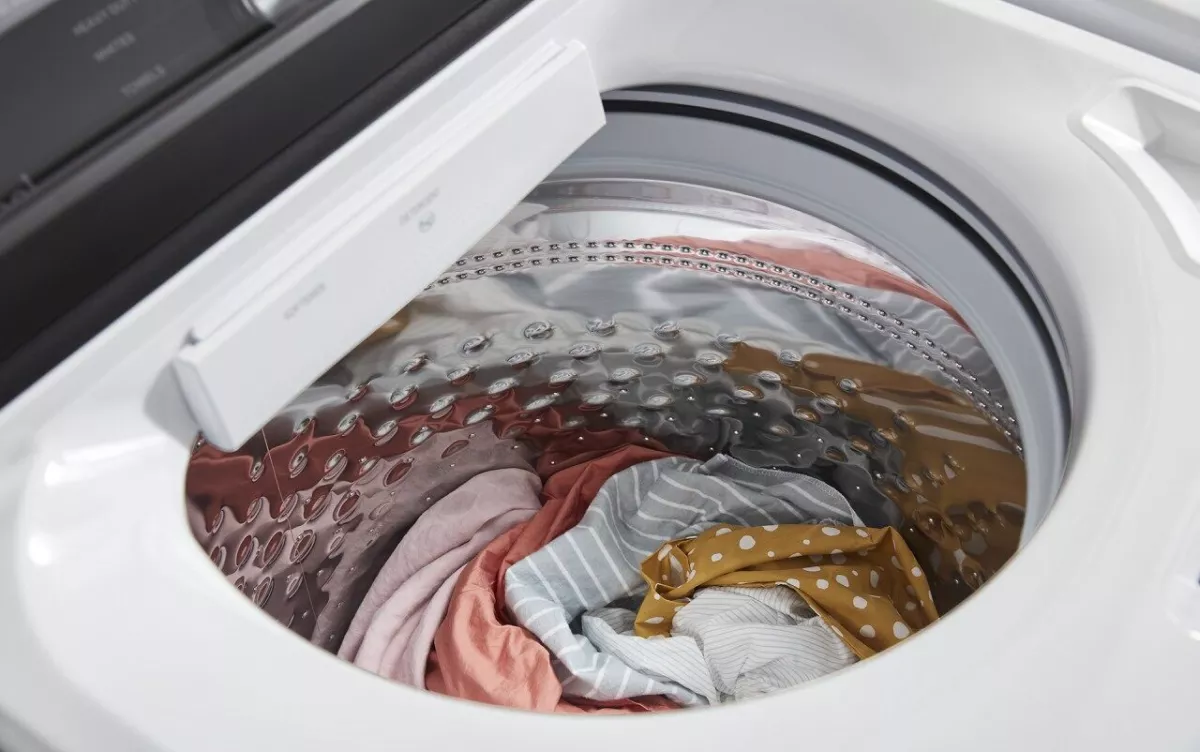

Laundry Appliances
How To Run A Clean Cycle On A Washing Machine
Modified: August 31, 2024
Learn how to run a clean cycle on your washing machine to keep your laundry appliances in top condition. Follow these simple steps for optimal performance. Keep your laundry appliances running smoothly!
(Many of the links in this article redirect to a specific reviewed product. Your purchase of these products through affiliate links helps to generate commission for Storables.com, at no extra cost. Learn more)
Reasons to Run a Clean Cycle on a Washing Machine
Maintaining a clean washing machine is crucial for ensuring the longevity and efficiency of this essential household appliance. Running a clean cycle on your washing machine offers several compelling benefits that can positively impact both the machine and your laundry. Here are the key reasons why it's important to run a clean cycle on a washing machine:
-
Preventing Odors: Over time, dirt, detergent residue, and moisture can accumulate in the nooks and crannies of a washing machine, creating a breeding ground for mold and mildew. Running a clean cycle helps to eliminate these unpleasant odors, ensuring that your laundry emerges smelling fresh and clean.
-
Removing Residue: Detergent, fabric softener, and dirt can build up inside the washing machine, leading to residue on clothes and affecting the machine's performance. Running a clean cycle helps to flush out these residues, preventing them from transferring onto your laundry and potentially causing skin irritation.
-
Preventing Bacterial Growth: The warm and damp environment inside a washing machine can promote the growth of bacteria. By running a clean cycle with hot water and cleaning agents, you can effectively kill bacteria and ensure that your laundry is hygienically clean.
-
Maintaining Performance: A clean washing machine operates more efficiently, providing better cleaning results and reducing the risk of malfunctions. Regularly running a clean cycle can help maintain the machine's performance and extend its lifespan.
-
Improving Energy Efficiency: A clean washing machine requires less energy to operate, as it can function optimally without the hindrance of built-up residue and grime. This can lead to cost savings on energy bills and contribute to a more sustainable household.
By understanding the importance of running a clean cycle on a washing machine, you can take proactive steps to ensure that your appliance continues to deliver outstanding results while prolonging its lifespan. Now, let's delve into the steps to prepare for running a clean cycle on your washing machine.
Key Takeaways:
- Regularly running a clean cycle on your washing machine prevents odors, removes residue, and kills bacteria, ensuring fresh, clean laundry and a longer appliance lifespan.
- To maintain a clean washing machine, regularly clean dispensers and seals, leave the door ajar for air circulation, use the right detergent, and run maintenance washes with white vinegar or a specialized cleaner.
Read more: What Is Sanitize Cycle On Washer
Steps to Prepare for Running a Clean Cycle
Before initiating a clean cycle on your washing machine, it's essential to prepare the appliance to ensure optimal results. By following these steps, you can effectively prime the machine for the cleaning process:
-
Read the Manufacturer's Instructions: Begin by consulting the manufacturer's manual for specific guidelines on running a clean cycle. Different washing machines may have varying requirements, such as recommended cleaning agents or cycle duration. Adhering to the manufacturer's instructions can help you achieve the best outcomes while safeguarding the appliance's warranty.
-
Gather Cleaning Supplies: Assemble the necessary cleaning supplies, including white vinegar, baking soda, or a specialized washing machine cleaner. These cleaning agents can effectively target residue and odors within the machine. Additionally, ensure that you have a clean microfiber cloth or sponge for wiping down the machine's exterior.
-
Empty the Washing Drum: Remove any laundry or items from the washing drum to ensure that it is completely empty before running the clean cycle. This step prevents interference with the cleaning process and allows the machine to focus solely on purging built-up residue and grime.
-
Inspect the Dispenser and Seal: Check the detergent and fabric softener dispensers for any visible residue or blockages. Clean these compartments thoroughly to prevent any lingering residue from affecting future laundry loads. Additionally, inspect the door seal for any trapped debris or mold, and wipe it clean if necessary.
-
Select the Appropriate Settings: Depending on your washing machine model, select the designated clean cycle or a hot water setting. Some machines feature a specific "Clean Washer" cycle, while others may require manual adjustment to a hot water setting for an extended duration. Ensure that the water temperature and cycle duration align with the manufacturer's recommendations.
-
Prepare the Cleaning Solution: If using a DIY cleaning solution, such as a mixture of white vinegar and baking soda, prepare the solution according to the recommended proportions. Alternatively, if utilizing a commercial washing machine cleaner, follow the product instructions for the appropriate quantity to use.
By meticulously preparing your washing machine for the clean cycle, you can optimize the effectiveness of the cleaning process and contribute to the appliance's overall maintenance. These preparatory steps set the stage for a thorough and successful clean cycle, promoting a hygienic and efficient laundry experience.
How to Run the Clean Cycle on a Front-Loading Washing Machine
Running a clean cycle on a front-loading washing machine is a straightforward process that can effectively eliminate built-up residue and odors, ensuring that the appliance operates at its best. Follow these steps to initiate the clean cycle on your front-loading washing machine:
-
Load the Cleaning Solution: Begin by pouring the designated cleaning solution into the detergent dispenser. If using a DIY solution, carefully measure and pour the appropriate quantity of the cleaning mixture. For commercial washing machine cleaners, follow the product instructions to determine the recommended amount for the clean cycle.
-
Select the Clean Cycle Setting: On the washing machine's control panel, locate and select the clean cycle setting. This setting is specifically designed to run a cycle with hot water and cleaning agents, thoroughly purging the interior of the machine. If your washing machine does not have a dedicated clean cycle, opt for a hot water setting with an extended duration to achieve similar cleaning effects.
-
Initiate the Clean Cycle: Once the cleaning solution is loaded and the appropriate cycle setting is selected, initiate the clean cycle. Allow the washing machine to complete the cycle, enabling the hot water and cleaning agents to penetrate and cleanse the interior components. During this process, the machine will agitate and spin, facilitating the thorough distribution of the cleaning solution.
-
Wipe Down the Exterior: While the clean cycle is in progress, take the opportunity to wipe down the exterior of the washing machine. Use a clean microfiber cloth or sponge to remove any dust, spills, or smudges from the surface. This simple step contributes to the overall cleanliness and maintenance of the appliance.
-
Complete the Cycle and Air Out the Drum: Once the clean cycle is finished, open the door of the washing machine to allow the interior drum to air out. This helps prevent any residual moisture from lingering within the machine, reducing the risk of mold or mildew formation. Additionally, it allows any remaining cleaning solution to evaporate, ensuring that the drum is ready for future laundry loads.
By following these steps, you can effectively run a clean cycle on your front-loading washing machine, promoting a hygienic and odor-free environment for your laundry. Regularly incorporating the clean cycle into your washing machine maintenance routine can contribute to its longevity and optimal performance, ultimately enhancing the quality of your laundry experience.
Run a clean cycle on your washing machine by adding 2 cups of white vinegar to the detergent dispenser and running a hot water cycle. This will help remove any built-up residue and keep your machine running efficiently.
How to Run the Clean Cycle on a Top-Loading Washing Machine
Running a clean cycle on a top-loading washing machine is a fundamental aspect of appliance maintenance that can significantly impact its performance and the cleanliness of your laundry. By following these steps, you can effectively initiate the clean cycle on your top-loading washing machine, ensuring that it remains in optimal condition for future use.
-
Load the Cleaning Solution: To commence the clean cycle, pour the designated cleaning solution into the washing machine's tub. Whether you opt for a DIY cleaning solution comprising white vinegar and baking soda or a commercial washing machine cleaner, ensure that the appropriate quantity is added to facilitate a thorough cleaning process.
-
Select the Clean Cycle Setting: On the control panel of the top-loading washing machine, identify and select the clean cycle setting. This setting is specifically designed to run a cycle with hot water and cleaning agents, effectively purging the interior of the machine. If your washing machine does not feature a dedicated clean cycle, choose a hot water setting with an extended duration to achieve similar cleaning effects.
-
Initiate the Clean Cycle: Once the cleaning solution is loaded and the appropriate cycle setting is selected, initiate the clean cycle. Allow the washing machine to complete the cycle, enabling the hot water and cleaning agents to penetrate and cleanse the interior components. Throughout the cycle, the machine will agitate and rotate, facilitating the thorough distribution of the cleaning solution.
-
Wipe Down the Exterior: While the clean cycle is in progress, take the opportunity to wipe down the exterior of the washing machine. Use a clean microfiber cloth or sponge to remove any dust, spills, or smudges from the surface. This simple step contributes to the overall cleanliness and maintenance of the appliance.
-
Complete the Cycle and Air Out the Drum: Once the clean cycle is finished, open the lid of the washing machine to allow the interior drum to air out. This step helps prevent any residual moisture from lingering within the machine, reducing the risk of mold or mildew formation. Additionally, it allows any remaining cleaning solution to evaporate, ensuring that the drum is ready for future laundry loads.
By diligently following these steps, you can effectively run a clean cycle on your top-loading washing machine, promoting a hygienic and odor-free environment for your laundry. Incorporating the clean cycle into your washing machine maintenance routine can contribute to its longevity and optimal performance, ultimately enhancing the quality of your laundry experience.
Tips for Maintaining a Clean Washing Machine
Maintaining a clean washing machine extends beyond running periodic clean cycles. Implementing proactive measures and adopting good laundry habits can contribute to the overall cleanliness and performance of the appliance. Here are essential tips for effectively maintaining a clean washing machine:
-
Regularly Clean the Dispenser and Seal: Residual detergent and fabric softener can accumulate in the dispenser drawers and the door seal, leading to mold growth and unpleasant odors. Routinely remove and clean these components to prevent buildup and maintain a hygienic environment within the machine.
-
Leave the Door Ajar After Use: Allowing the washing machine door to remain slightly ajar after each use promotes air circulation within the drum, preventing the accumulation of moisture and inhibiting the development of mold and mildew. This simple practice can significantly contribute to the prevention of musty odors.
-
Clean the Filter: Front-loading washing machines are equipped with a filter that traps lint, hair, and debris from the laundry. Regularly inspect and clean the filter to prevent blockages and ensure optimal drainage during the wash cycle.
-
Use the Right Detergent and Quantity: Selecting a high-quality detergent suitable for your washing machine and the type of laundry being washed is crucial. Additionally, avoid overloading the machine with excessive detergent, as this can lead to residue buildup and affect the appliance's performance.
-
Run Maintenance Washes: In addition to running clean cycles, consider performing maintenance washes with hot water and white vinegar or a specialized washing machine cleaner. This practice helps to prevent residue buildup and maintain the cleanliness of the internal components.
-
Inspect and Clean the Drain Pump: Periodically inspect the drain pump for any obstructions, such as lint, coins, or small objects that may impede drainage. Clearing the drain pump ensures efficient water expulsion during the wash and rinse cycles.
-
Wipe Down the Exterior: Regularly wipe down the exterior of the washing machine with a damp cloth to remove dust, detergent spills, and any other residues. This simple step contributes to the overall cleanliness and aesthetic appeal of the appliance.
-
Address Stains Promptly: If you notice stains or spills on the exterior or interior of the washing machine, address them promptly to prevent them from becoming ingrained. Use a mild detergent solution and a soft cloth to gently clean and remove any marks or spills.
By incorporating these tips into your washing machine maintenance routine, you can uphold a clean and hygienic environment within the appliance, ensuring that it continues to operate efficiently and deliver fresh, clean laundry with every wash.
Frequently Asked Questions about How To Run A Clean Cycle On A Washing Machine
Was this page helpful?
At Storables.com, we guarantee accurate and reliable information. Our content, validated by Expert Board Contributors, is crafted following stringent Editorial Policies. We're committed to providing you with well-researched, expert-backed insights for all your informational needs.

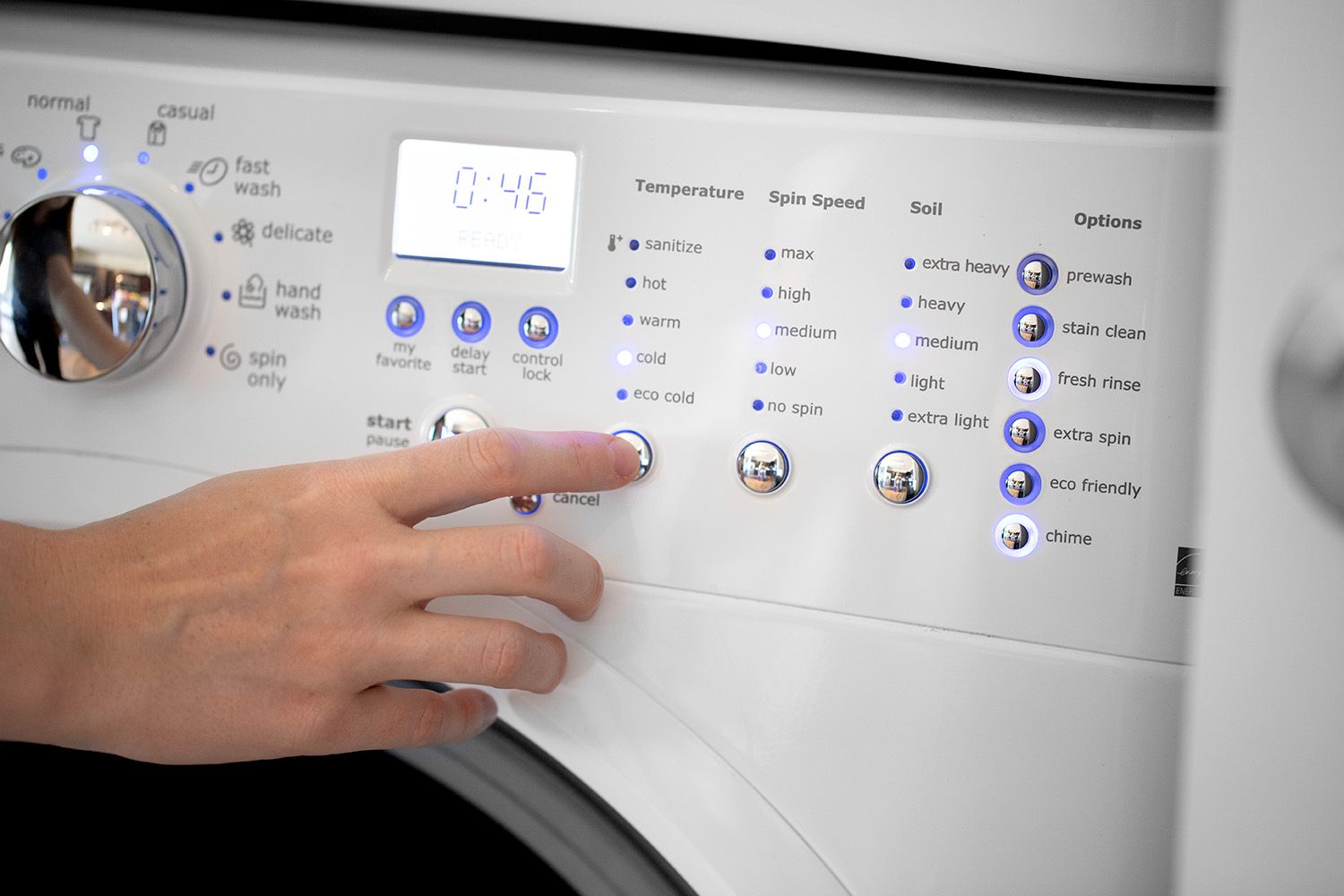
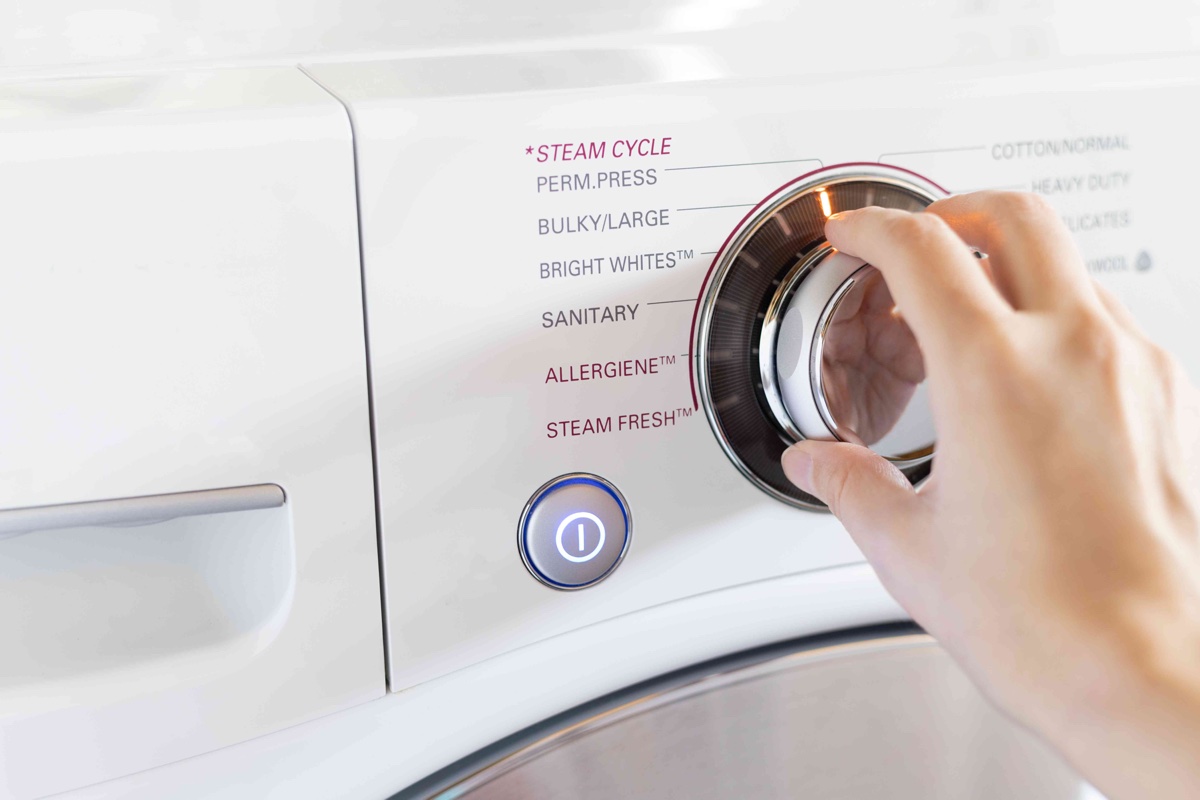
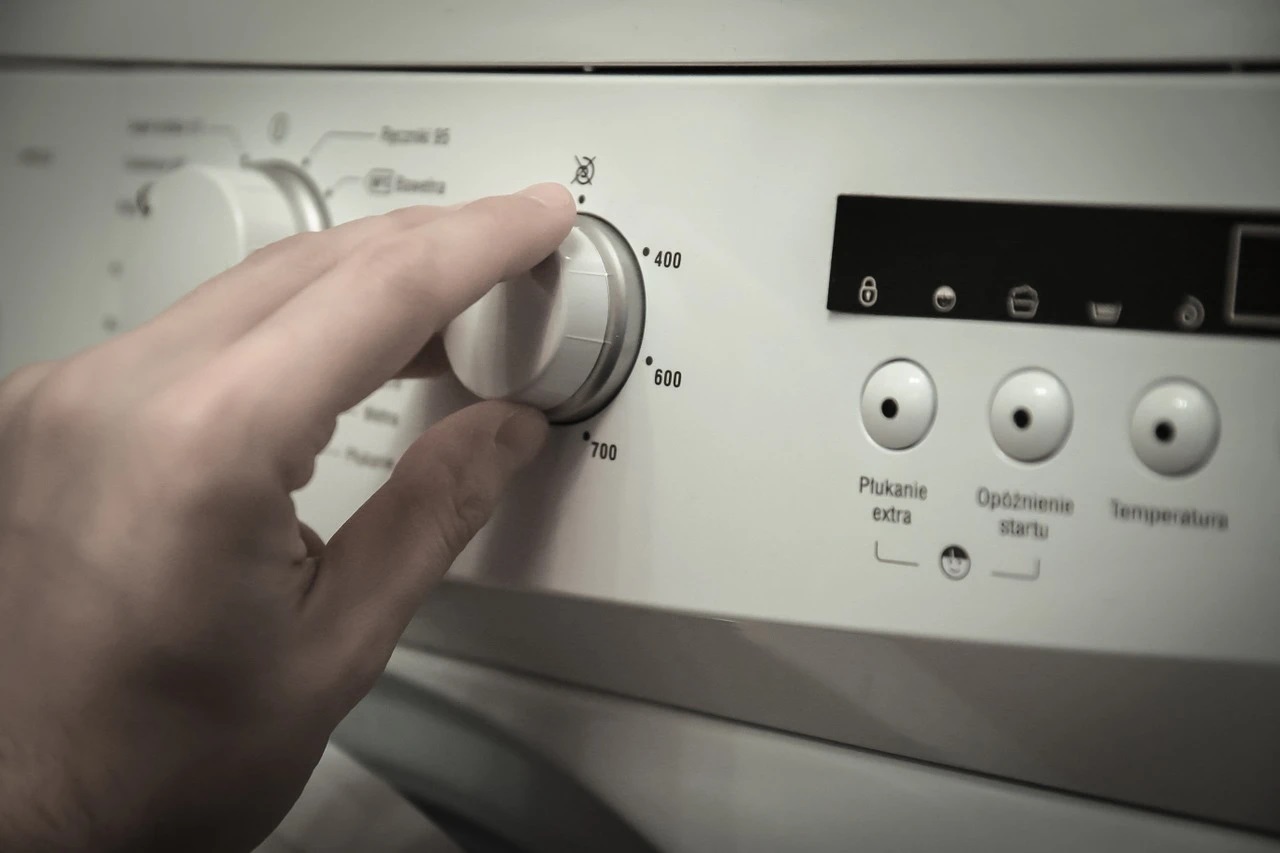
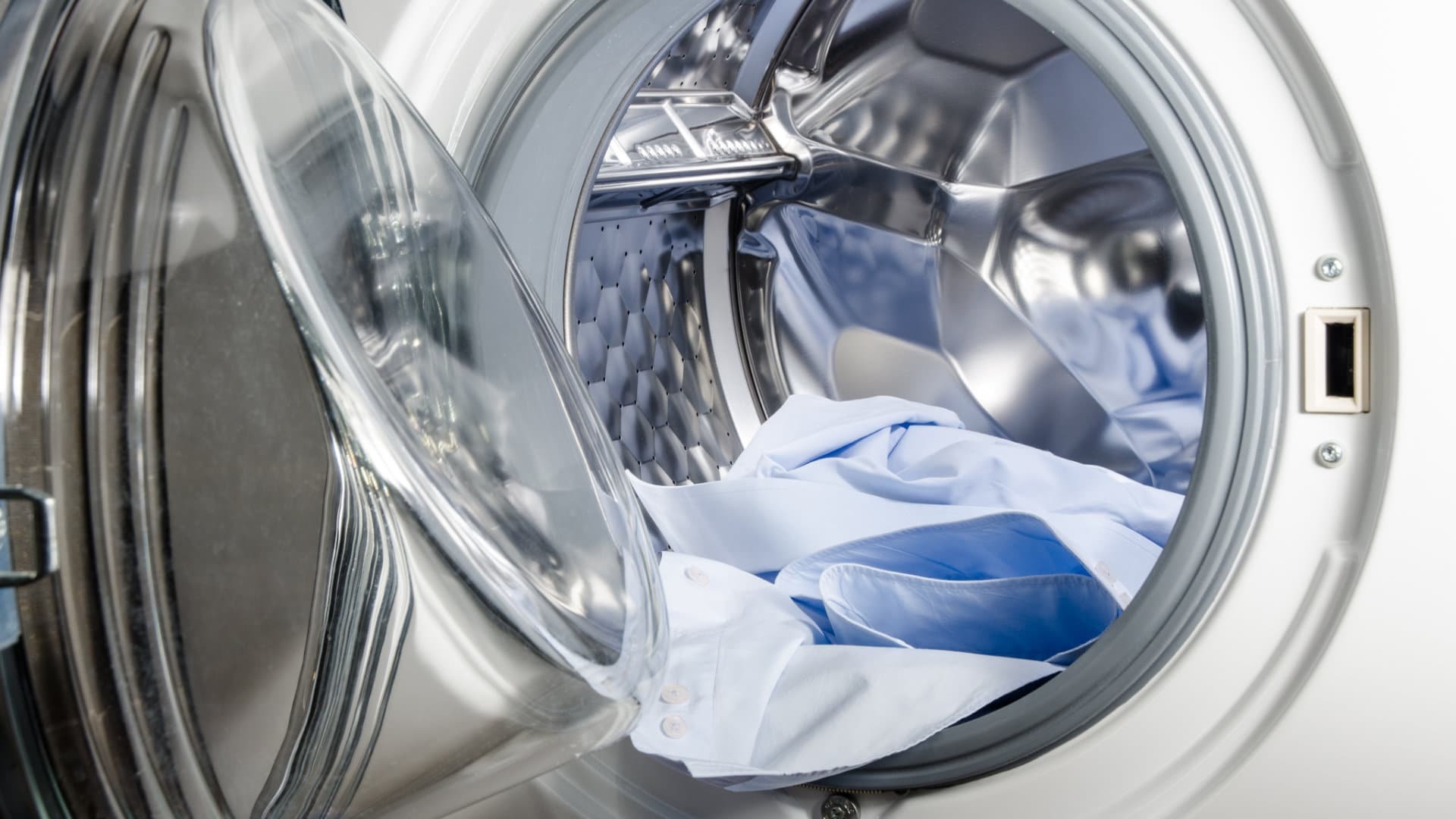
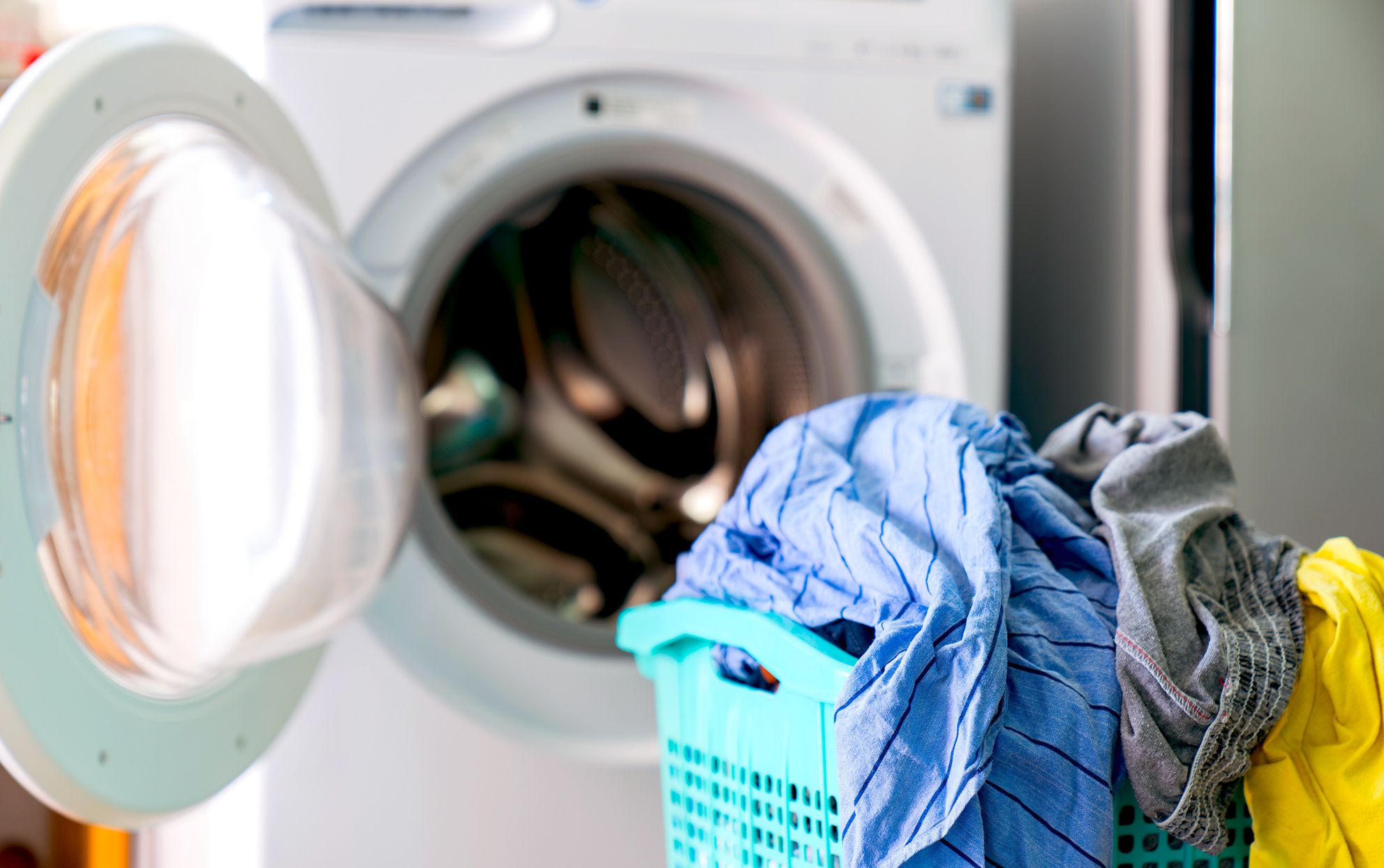
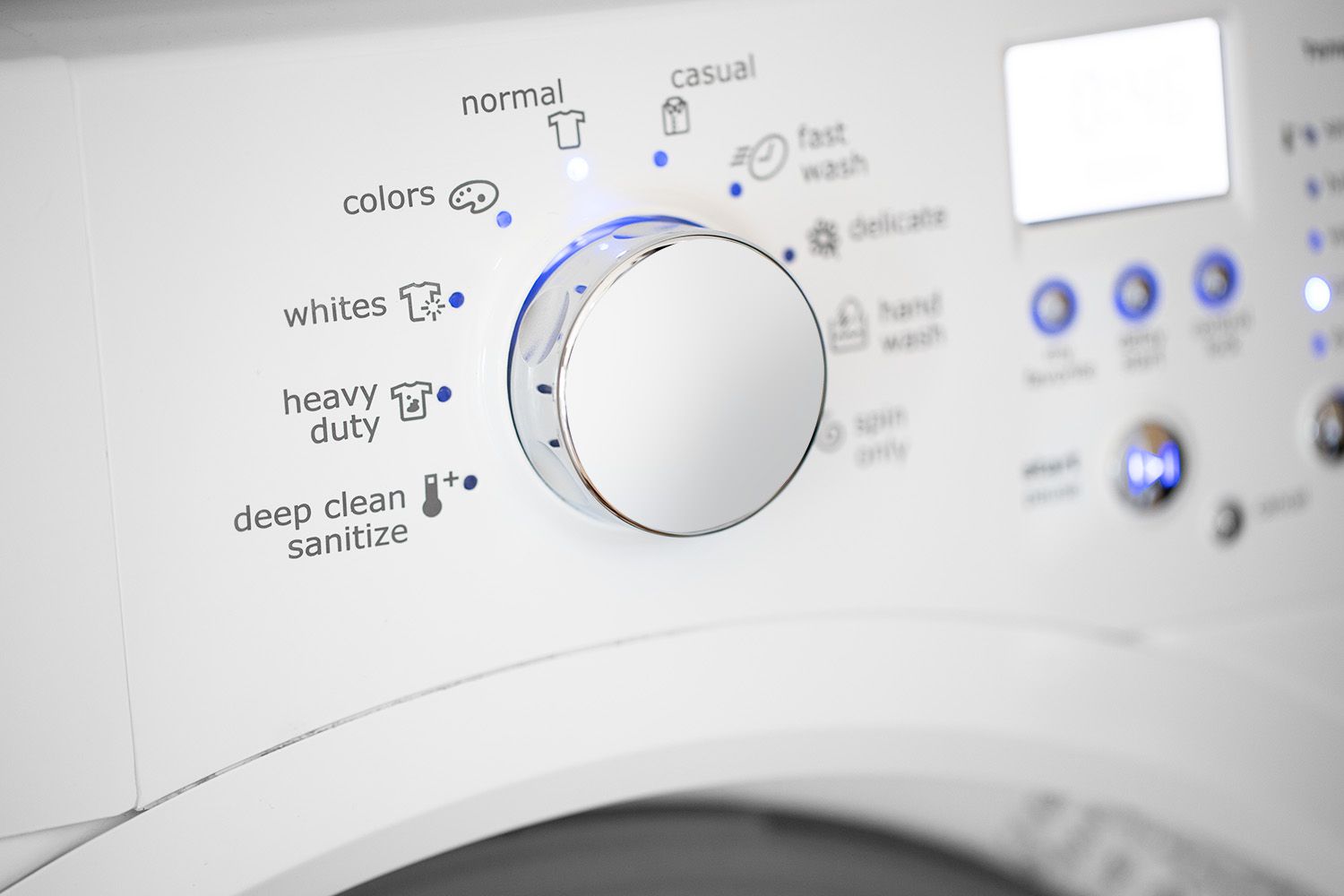
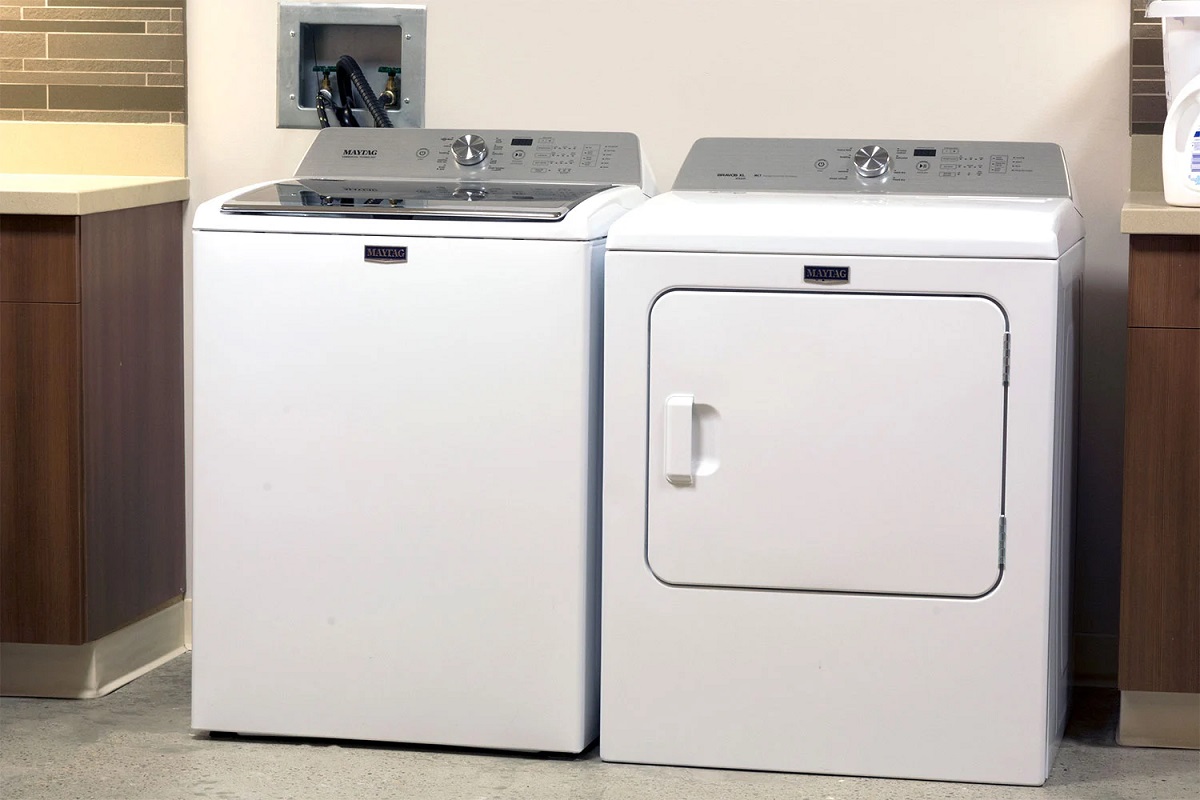
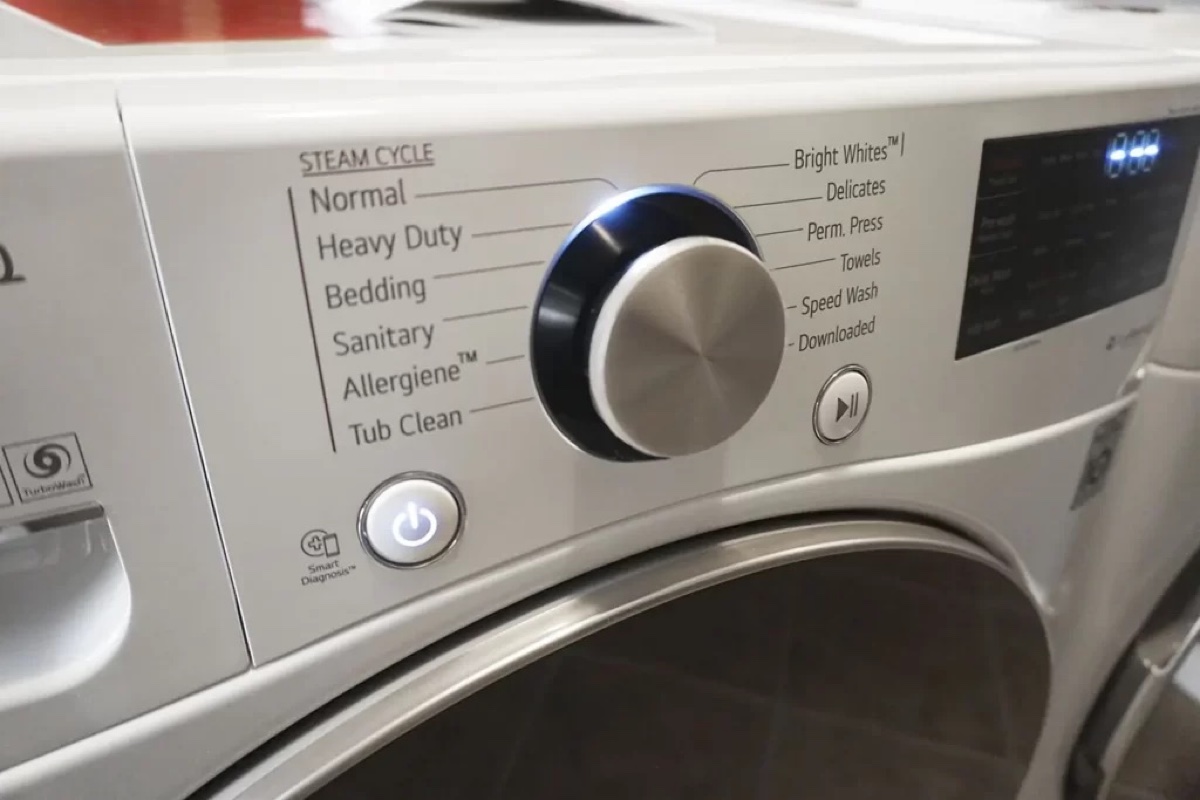
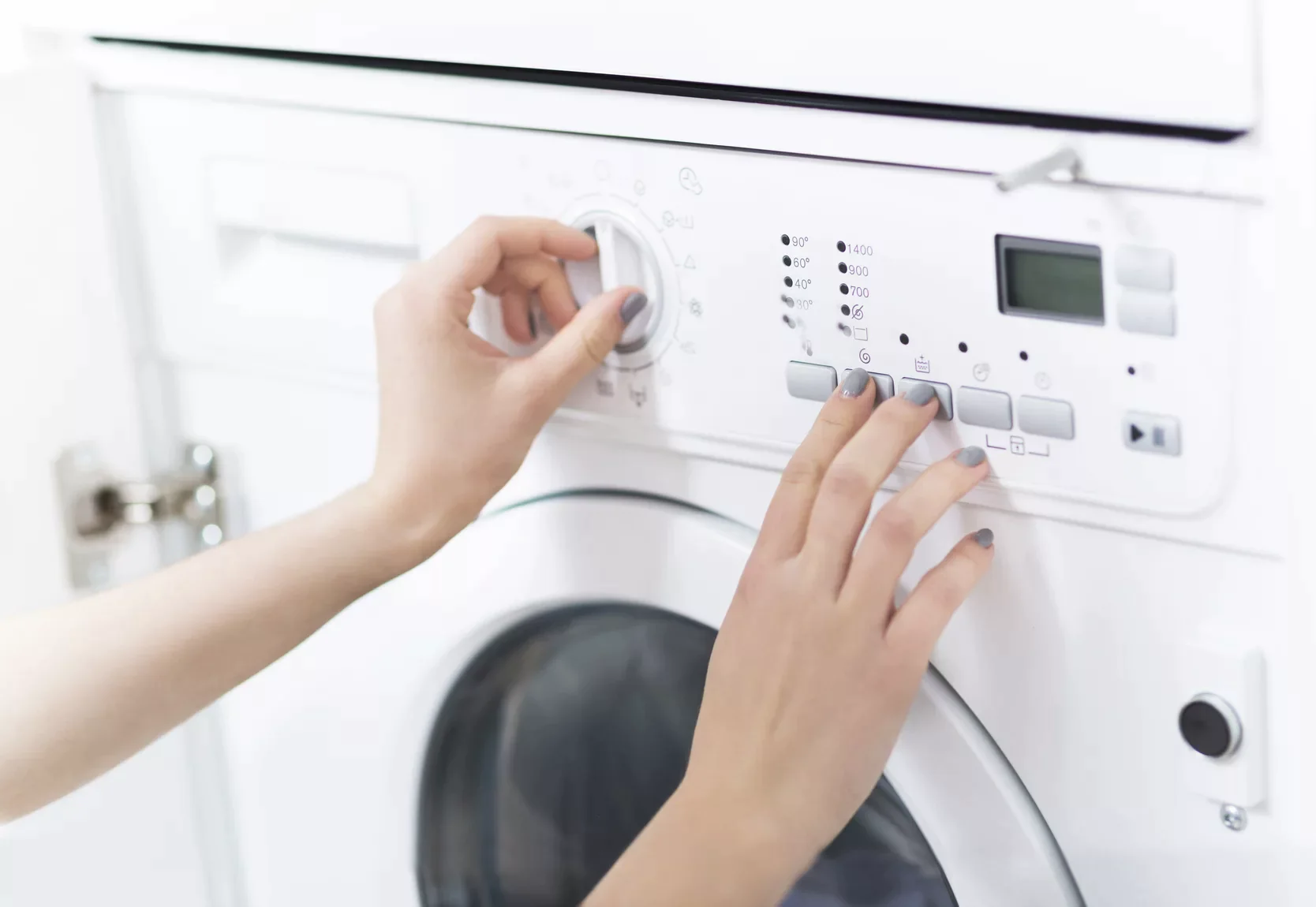
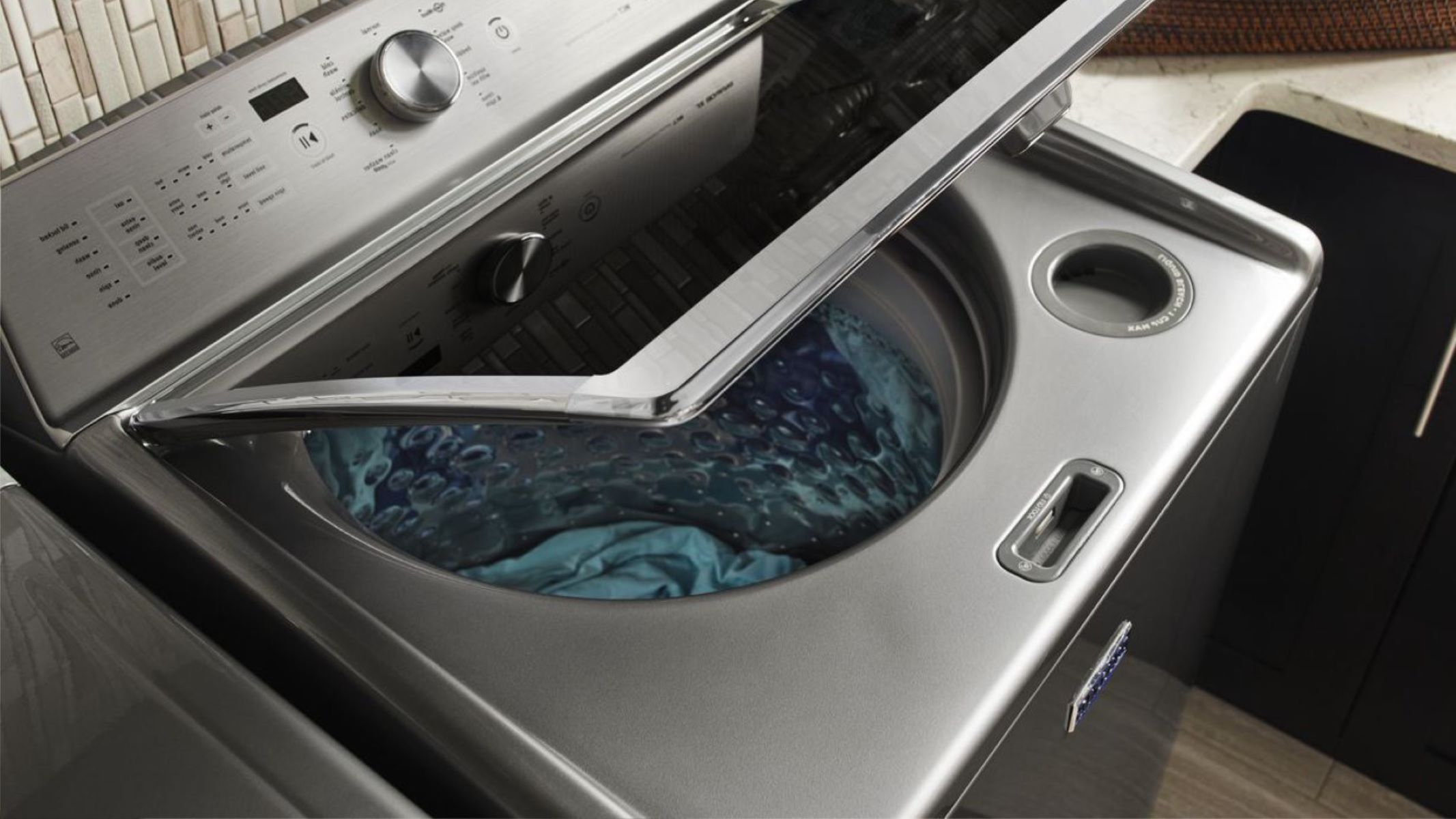
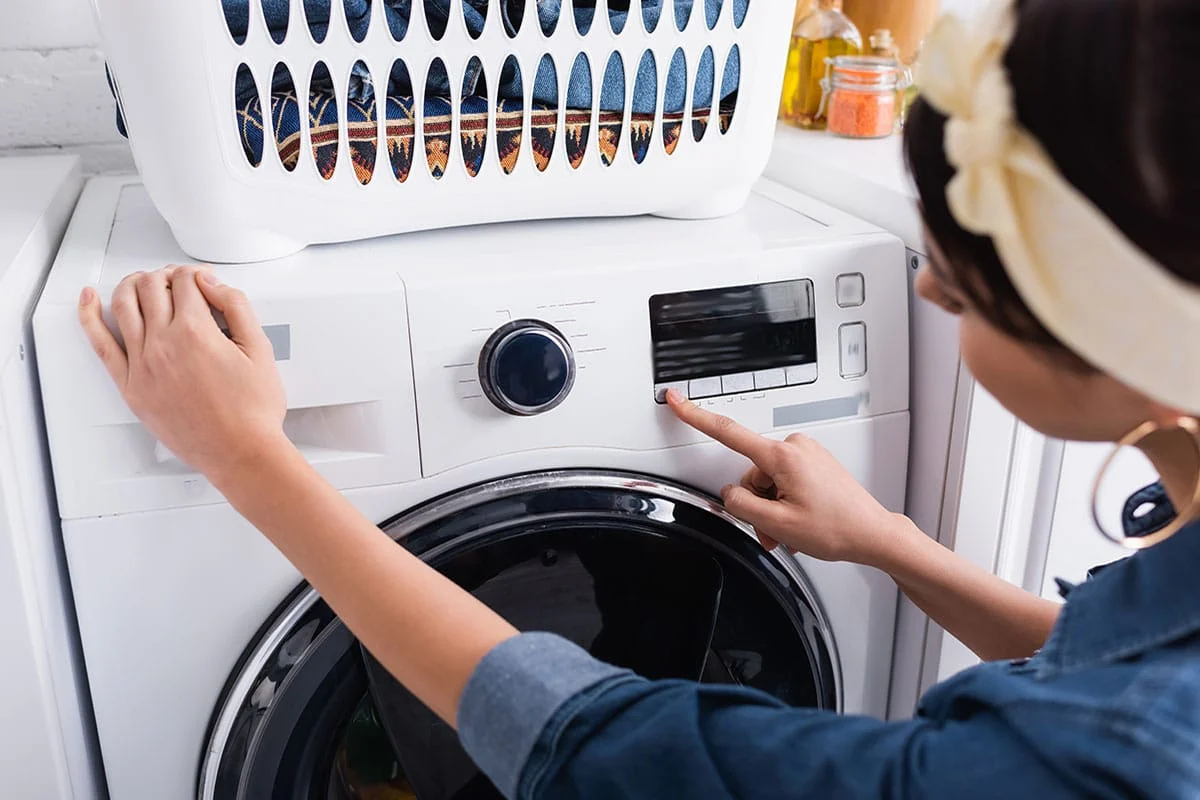

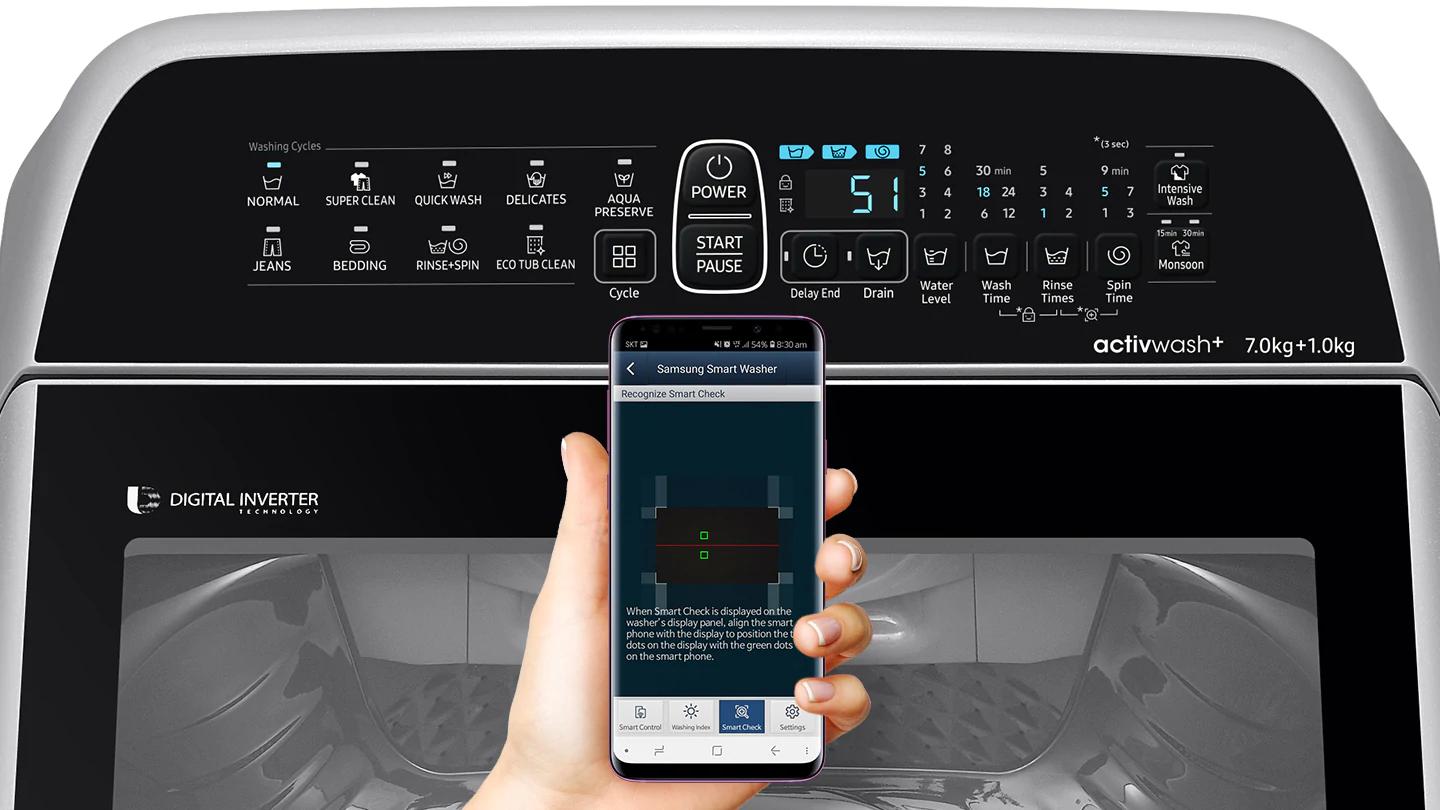
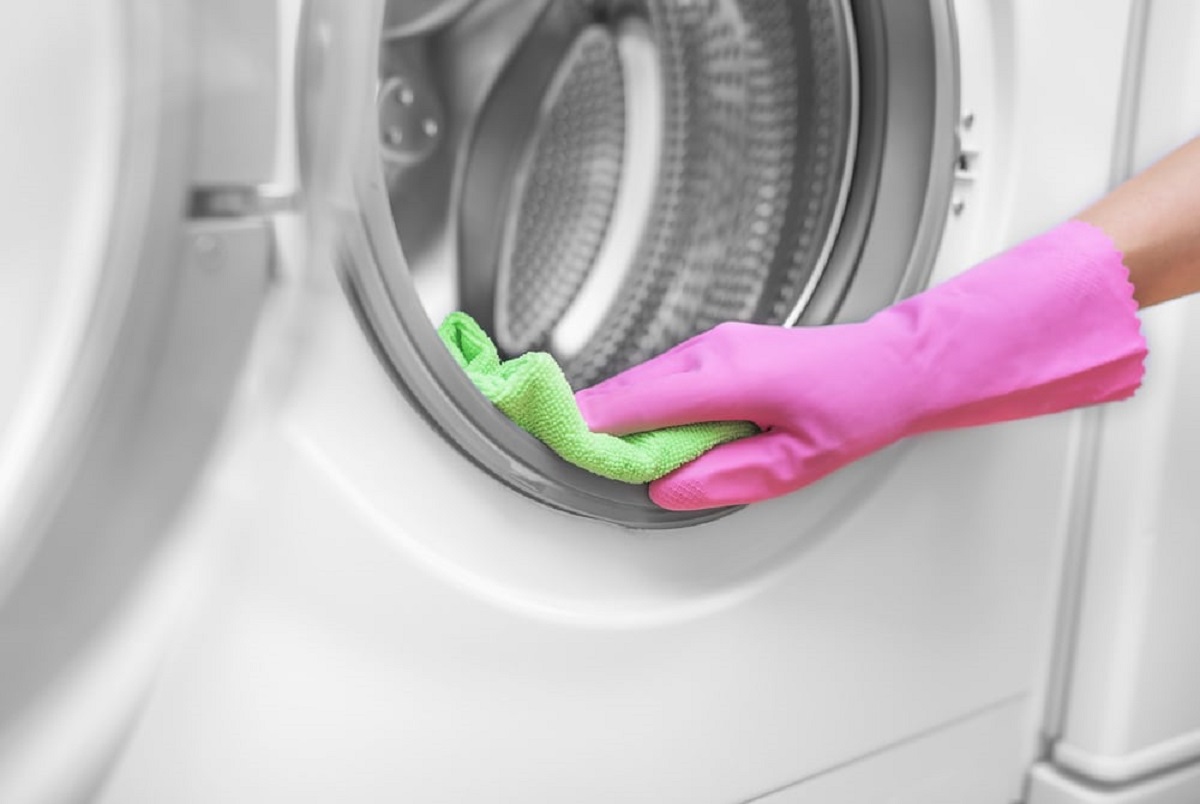

0 thoughts on “How To Run A Clean Cycle On A Washing Machine”